Code
HCS29585
Weight
300 gm / 0.66 lbs
Size
Height
87cm (34") Width
62cm (24") Material
Cotton Canvas & Natural Color
Availability
Available

Safe Payment
We accept Paypal, Money Transfer, Bank Transfer
Confidence
Protection covers your purchase and personal data.
Worldwide Delivery
We ship Worldwide, except Russia.Shipping cost US$25.2 for upto 0.5 kgs

Hotline
Talk to help line for your question on 9841267335Rare Find : what is a Rare find?
This Green Tara Thangka, [master Quality], Buddhist Traditional Painting, Karma Gadri Art, Three Goddess Of Divine Grace, [rare Find] is a rare find product, The Rare Find product is an uncommon and elusive product that is difficult to find and likely the only one available for sale. Once sold, Green Tara Thangka, [master Quality], Buddhist Traditional Painting, Karma Gadri Art, Three Goddess Of Divine Grace, [rare Find] will be removed from the listings or marked as sold. This rarity and exclusivity make it highly sought-after by collectors and enthusiasts, offering a unique and irreplaceable addition to any collection.
This Green Tara Thangka, [master Quality], Buddhist Traditional Painting, Karma Gadri Art, Three Goddess Of Divine Grace, [rare Find] is a rare find product, The Rare Find product is an uncommon and elusive product that is difficult to find and likely the only one available for sale. Once sold, Green Tara Thangka, [master Quality], Buddhist Traditional Painting, Karma Gadri Art, Three Goddess Of Divine Grace, [rare Find] will be removed from the listings or marked as sold. This rarity and exclusivity make it highly sought-after by collectors and enthusiasts, offering a unique and irreplaceable addition to any collection.
Three Goddess Of Divine Grace : Brief Introduction
The Set of Green Tara, Sitatapatra, and Saraswati in a single place represents the convergence of compassionate protection, spiritual purification, and intellectual wisdom. Together, these goddesses offer blessings and support to practitioners in various aspects of their lives, including spiritual practice, protection from obstacles, and the cultivation of knowledge and creativity. The presence of these three goddesses in a unified composition signifies their collective influence and the harmonious synergy of their individual qualities. Read More . . .
The Set of Green Tara, Sitatapatra, and Saraswati in a single place represents the convergence of compassionate protection, spiritual purification, and intellectual wisdom. Together, these goddesses offer blessings and support to practitioners in various aspects of their lives, including spiritual practice, protection from obstacles, and the cultivation of knowledge and creativity. The presence of these three goddesses in a unified composition signifies their collective influence and the harmonious synergy of their individual qualities. Read More . . .
Karma Gadri Art : Karma Gadri Tradition: An introduction
Description inspired from Images of Englitment.
This Custom of Tibetan thangka painting started from the creative ordered trials of the eighth Karmapa, Mikyö Dorje (1507-1554). He was one of the most prestigious Karmapas, a great contemplation ace as well as a productive, and student. Energetic about human expression and an imaginative visionary. He generally urged his devotees to master painting and cheered for this action.
The name Karma Gadri (gar-bris) came from the Karmapa settlements
It was set up when Mikyo Dorje and his company needed to travel. He composed an incredible book on craftsmanship named "the Incomparable Sun Workmanship Manual". It was beneficial for future craftsmen.
This thangka painting custom was likewise kept up within a spot called Karshoma, in eastern Tibet. To this end, the custom is known as Karshöma.
Since the source is from the eighth Karmapa, it is an unadulterated Tibetan way of painting thangka.
Description inspired from Images of Englitment.
This Custom of Tibetan thangka painting started from the creative ordered trials of the eighth Karmapa, Mikyö Dorje (1507-1554). He was one of the most prestigious Karmapas, a great contemplation ace as well as a productive, and student. Energetic about human expression and an imaginative visionary. He generally urged his devotees to master painting and cheered for this action.
The name Karma Gadri (gar-bris) came from the Karmapa settlements
It was set up when Mikyo Dorje and his company needed to travel. He composed an incredible book on craftsmanship named "the Incomparable Sun Workmanship Manual". It was beneficial for future craftsmen.
This thangka painting custom was likewise kept up within a spot called Karshoma, in eastern Tibet. To this end, the custom is known as Karshöma.
Since the source is from the eighth Karmapa, it is an unadulterated Tibetan way of painting thangka.
Master Quality : What is master Quality?
The attribute of "master quality" distinguishes the Green Tara Thangka, [master Quality], Buddhist Traditional Painting, Karma Gadri Art, Three Goddess Of Divine Grace, [rare Find] as an embodiment of extraordinary craftsmanship and artistic excellence. This exceptional piece is directly handcrafted by an artist or craftsman of the highest categorization, reflecting their unparalleled skill and expertise. The uniqueness of Green Tara Thangka, [master Quality], Buddhist Traditional Painting, Karma Gadri Art, Three Goddess Of Divine Grace, [rare Find] lies in its exclusivity to the artist, making it a rare find with nearly impossible chances of finding an identical piece in the same category. While copies may exist, they can never truly replicate the essence of the original, as an artist or craftsman capable of creating such exceptional artistry would prefer to showcase their own creative vision rather than reproduce another's work. Read More . . .
The attribute of "master quality" distinguishes the Green Tara Thangka, [master Quality], Buddhist Traditional Painting, Karma Gadri Art, Three Goddess Of Divine Grace, [rare Find] as an embodiment of extraordinary craftsmanship and artistic excellence. This exceptional piece is directly handcrafted by an artist or craftsman of the highest categorization, reflecting their unparalleled skill and expertise. The uniqueness of Green Tara Thangka, [master Quality], Buddhist Traditional Painting, Karma Gadri Art, Three Goddess Of Divine Grace, [rare Find] lies in its exclusivity to the artist, making it a rare find with nearly impossible chances of finding an identical piece in the same category. While copies may exist, they can never truly replicate the essence of the original, as an artist or craftsman capable of creating such exceptional artistry would prefer to showcase their own creative vision rather than reproduce another's work. Read More . . .
Introduction to Thangka
A thangka, also known as tangka, thanka, or tanka, is a vibrant and intricate Tibetan Buddhist painting that serves as a visual representation of spiritual teachings. Crafted with meticulous detail on cotton or silk appliqué, thangkas depict a wide range of subjects including Buddhist deities, sacred scenes, mandalas, and narrative stories. These sacred artworks are traditionally kept unframed and rolled up for storage, resembling ancient scrolls. To protect their delicate nature, thangkas are mounted on textile backings and often adorned with a silk cover on the front. Proper preservation in dry environments is crucial to maintain the integrity and longevity of the silk. Read More . . .
A thangka, also known as tangka, thanka, or tanka, is a vibrant and intricate Tibetan Buddhist painting that serves as a visual representation of spiritual teachings. Crafted with meticulous detail on cotton or silk appliqué, thangkas depict a wide range of subjects including Buddhist deities, sacred scenes, mandalas, and narrative stories. These sacred artworks are traditionally kept unframed and rolled up for storage, resembling ancient scrolls. To protect their delicate nature, thangkas are mounted on textile backings and often adorned with a silk cover on the front. Proper preservation in dry environments is crucial to maintain the integrity and longevity of the silk. Read More . . .
Brief Introduction :
Samaya Tara, popularly known as Green Tara. She is represented in a royal ease posture with her left leg bent her left leg overstepping the main lotus and resting on a blue lotus ready to get up and offer assistance to those in need. She is portrayed with maroon Buddhist robes and jewelry. The earrings represent patience, understanding, and renunciation. The diadem with five jewels represents the transmutation of the five delusions into the Five Buddha Wisdoms. She is shown with a benevolent countenance seated upon a white moon disk which is associated with special restorative nectar associated with the naval chakra center. In Buddhists, the moon symbolizes the wisdom aspect which when coupled with compassion leads to Sakyamuni Buddha's enlightenment. Her right hand is gracefully lowered in Varada mudra, the boon-granting gesture.
Iconography :Green Tara's special lotus is the blue lotus or 'night lotus' which she bears in both hands. The word utpala means to 'burst open'. Her left-hand holds a stem with an open blooming flower and an unopened bud. The bent lower part of the stem represents the root. The open blossom represents the present and also the present Buddha; the bud represents the future and also Buddhas yet to be born. The future here also refers to a safe journey's end and future well-being. Her right-hand wisdom hand is in the gesture of giving refuge. The third finger touches the thumb to create a circle representing the union of wisdom and compassion, and the three extended fingers symbolize the Three Jewels of Buddhism a. The Buddha State b. The Body of Teachings. The Principles of the Universe The same hand holds the stem of a blue lotus representing her willingness to assist. The closed blossom in her right hand represents the past and also the Buddhas of the past. Green Tara is shown in a place of paradise called Khadiravani where she Tara dwells. Khadiravani is described as a great mountain kingdom with many trees, flowers, and animals (not shown). 3 rainbow tails emanate from her outer aureole. The crescent moon and sun symbolize the union of male and female ubiquitous in Tantric art.
<br/><br/>
The seventy-two golden lines represent psychic energy channels emanating from her body and her central psychic channel running up her spinal column. Each one signifies a thousand as there are traditionally seventy-two thousand channels. The gold lines alternate between wiggly and straight to represent the two main psychic channels running up the central channel that entwine to create the interlocking 'snaking' caduceus to which the energy channels are connected. The trees in the foreground are the Ashoka Tree. The word Ashoka means 'without sorrow' and is the tree linked to the Vedic God of love and sexual union Kamadeva. Apparently, the tree blossoms when a virtuous lady touches it.
Commentary :<br/><br/>
The seventy-two golden lines represent psychic energy channels emanating from her body and her central psychic channel running up her spinal column. Each one signifies a thousand as there are traditionally seventy-two thousand channels. The gold lines alternate between wiggly and straight to represent the two main psychic channels running up the central channel that entwine to create the interlocking 'snaking' caduceus to which the energy channels are connected. The trees in the foreground are the Ashoka Tree. The word Ashoka means 'without sorrow' and is the tree linked to the Vedic God of love and sexual union Kamadeva. Apparently, the tree blossoms when a virtuous lady touches it.
The word Tara means the one who saves. The word Tara is derived from the root tri meaning to cross and in context is taken to mean the one who helps people to cross the Ocean of Existence and Suffering. Green Tara is also called 'dark' Tara or more directly Shyama Tara. Green Tara is associated with the Amoghasiddhi who is also green and the north-facing Meditation who is head of the action family. Her willingness to help others is shown by her body posture with one foot ready so that she can rise to offer assistance. Like WhiteTara, she was born of the tears of compassion of the Bodhisattva Avalokiteshvara, resulting from the extreme state of sadness he experienced when observing the continuing ceaseless suffering which he sought to end.
Mantra for Green Tara
Om Tare Tuttare Ture Soha


![Green Tara Thangka, [master Quality], Buddhist Traditional Painting, Karma Gadri Art, Three Goddess Of Divine Grace, [rare Find]](https://handicraftseller.com/uploads/pics/product/thumb/2023/06/29585_1.jpg)
![Green Tara Thangka, [master Quality], Buddhist Traditional Painting, Karma Gadri Art, Three Goddess Of Divine Grace, [rare Find]](https://handicraftseller.com/uploads/pics/product/thumb/2023/06/29585_2.jpg)
![Green Tara Thangka, [master Quality], Buddhist Traditional Painting, Karma Gadri Art, Three Goddess Of Divine Grace, [rare Find]](https://handicraftseller.com/uploads/pics/product/thumb/2023/06/29585_3.jpg)
![Green Tara Thangka, [master Quality], Buddhist Traditional Painting, Karma Gadri Art, Three Goddess Of Divine Grace, [rare Find]](https://handicraftseller.com/uploads/pics/product/thumb/2023/06/29585_4.jpg)
![Green Tara Thangka, [master Quality], Buddhist Traditional Painting, Karma Gadri Art, Three Goddess Of Divine Grace, [rare Find]](https://handicraftseller.com/uploads/pics/product/thumb/2023/06/29585_5.jpg)
![Green Tara Thangka, [master Quality], Buddhist Traditional Painting, Karma Gadri Art, Three Goddess Of Divine Grace, [rare Find]](https://handicraftseller.com/uploads/pics/product/thumb/2023/06/29585.jpg)
![Green Tara Thangka, [master Quality], Buddhist Traditional Painting, Karma Gadri Art, Three Goddess Of Divine Grace, [rare Find]](https://handicraftseller.com/uploads/pics/product/thumb/2023/06/29585_0.jpg)
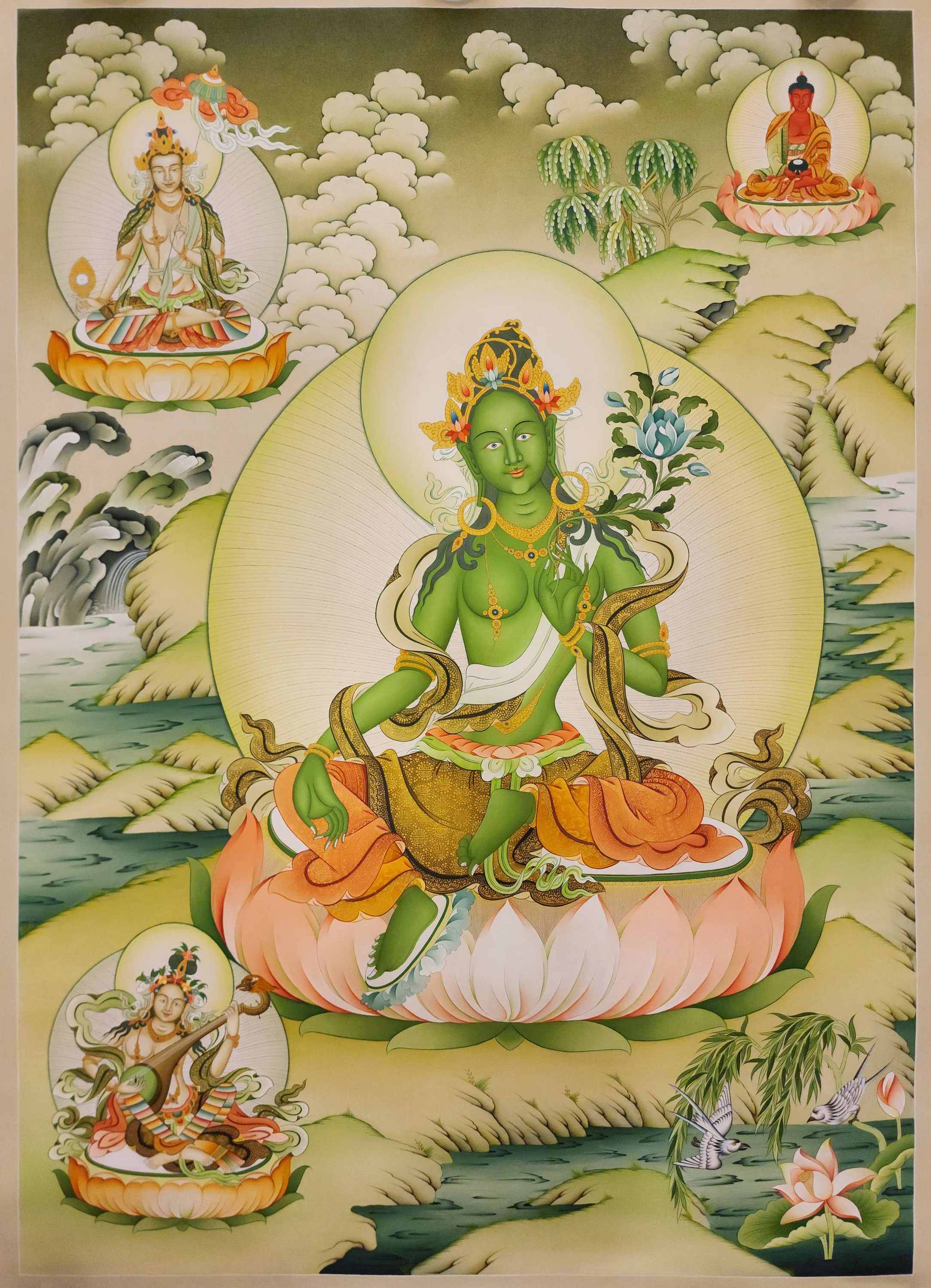









 of Green Tara,
of Green Tara, 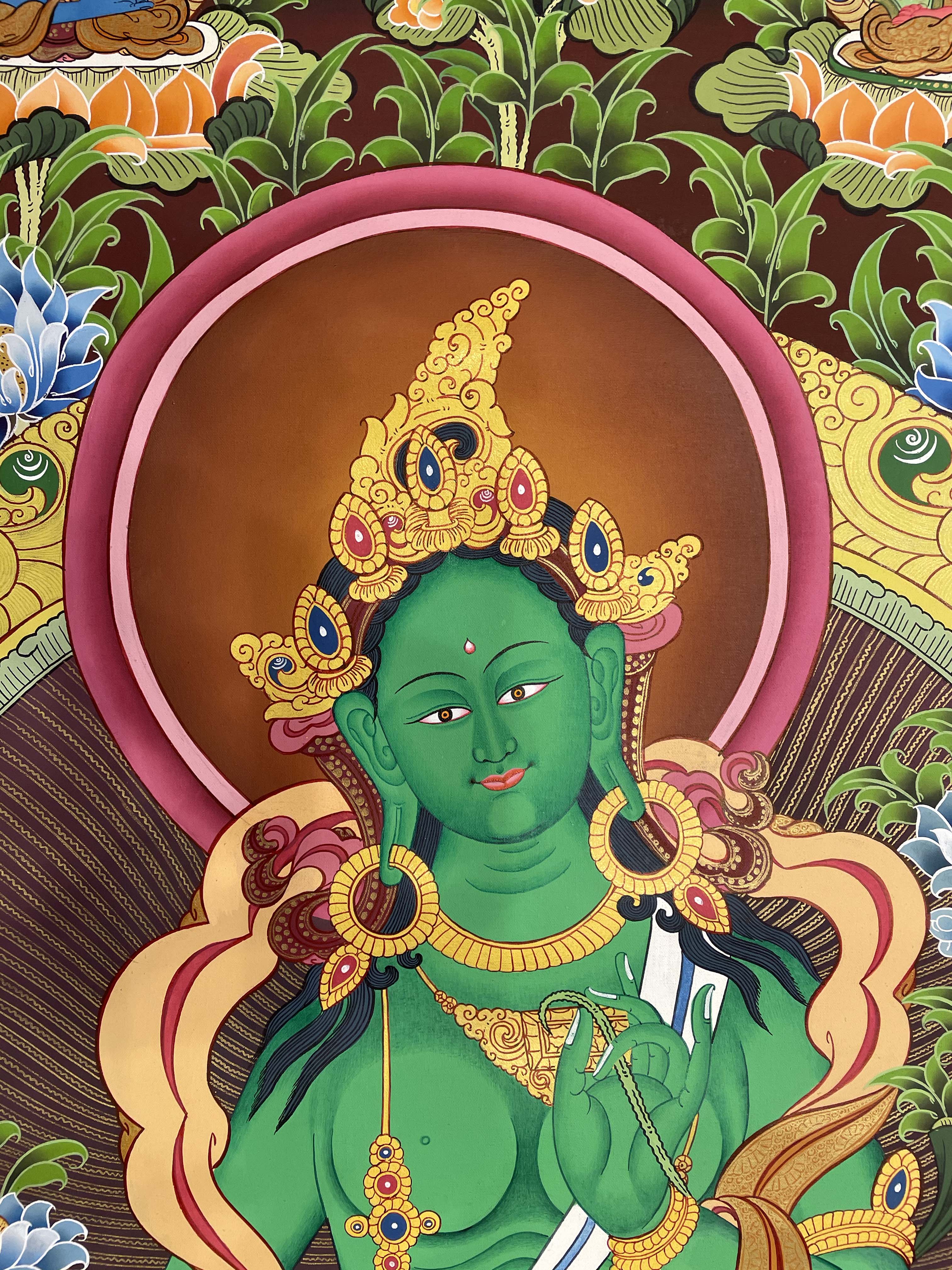 of Green Tara,
of Green Tara, 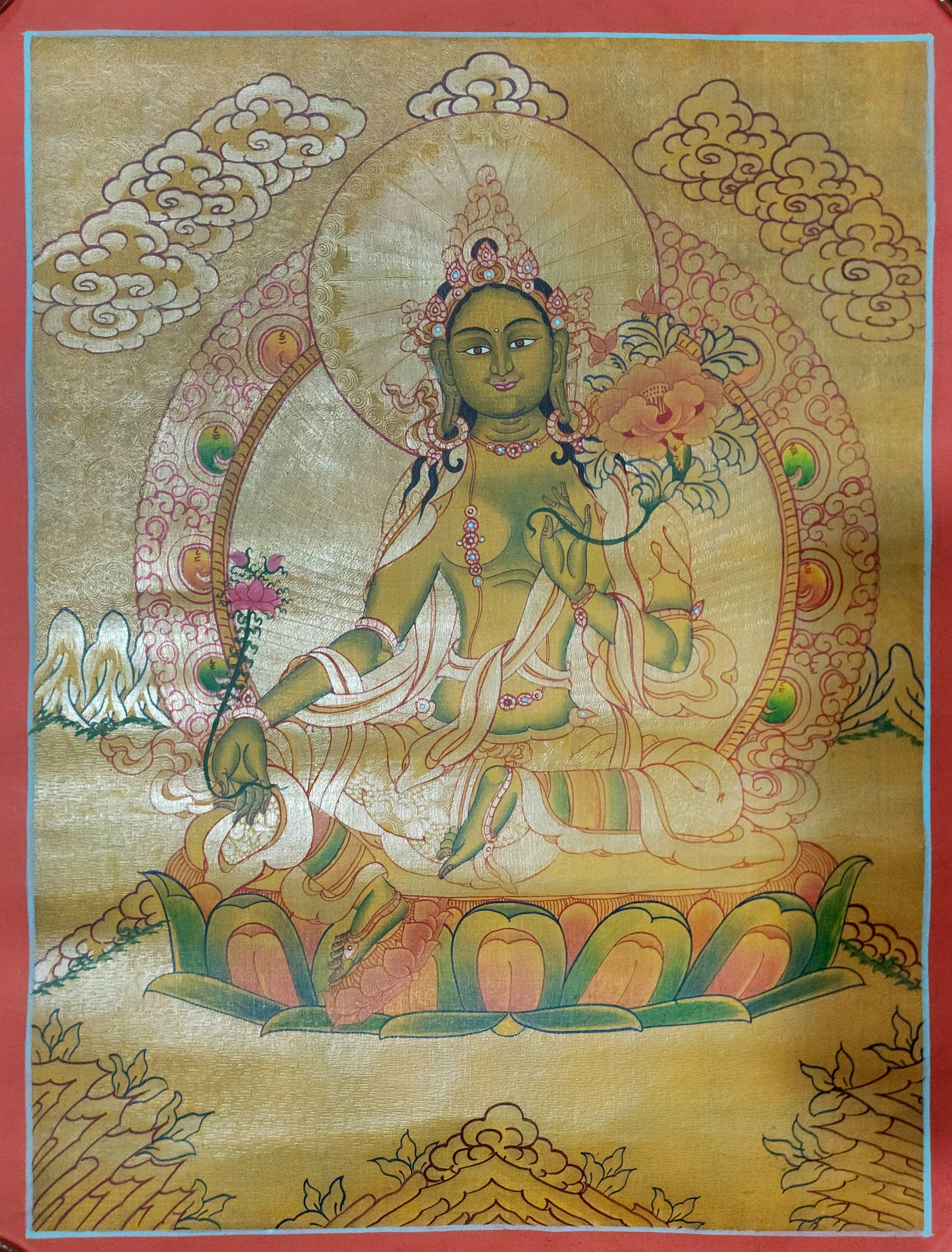
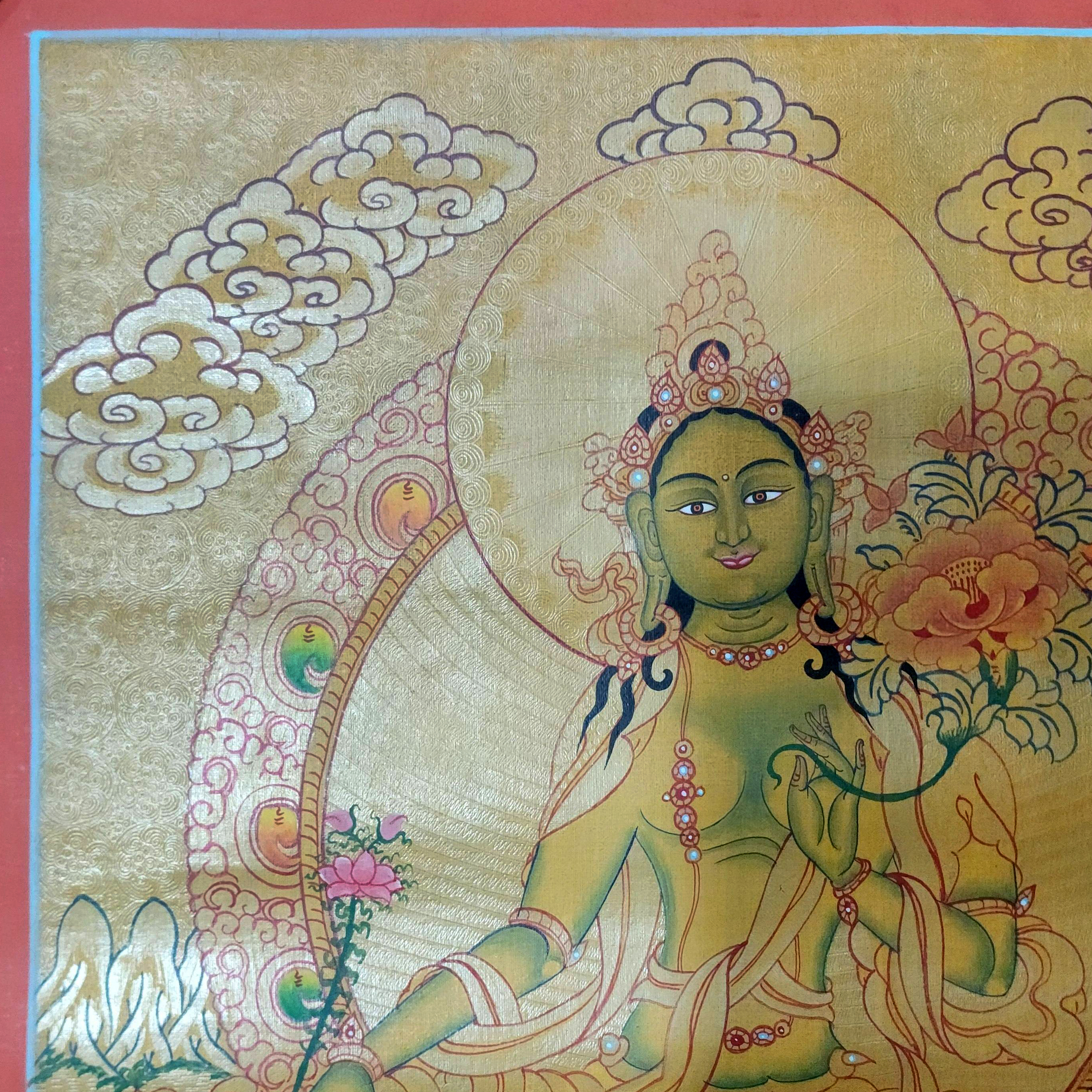
 Real Gold,
Real Gold, 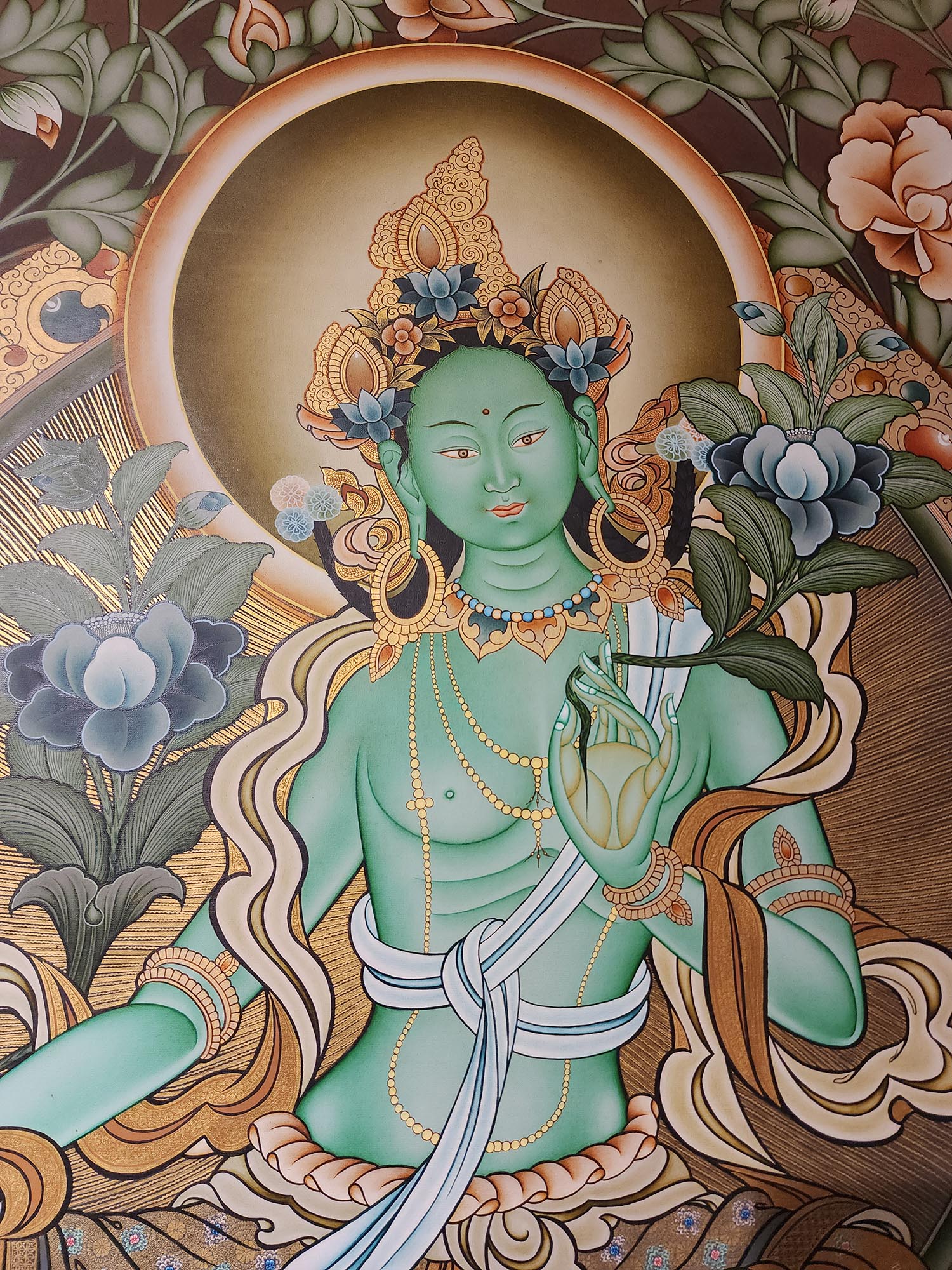 Real Gold,
Real Gold,  of Green Tara,
of Green Tara, 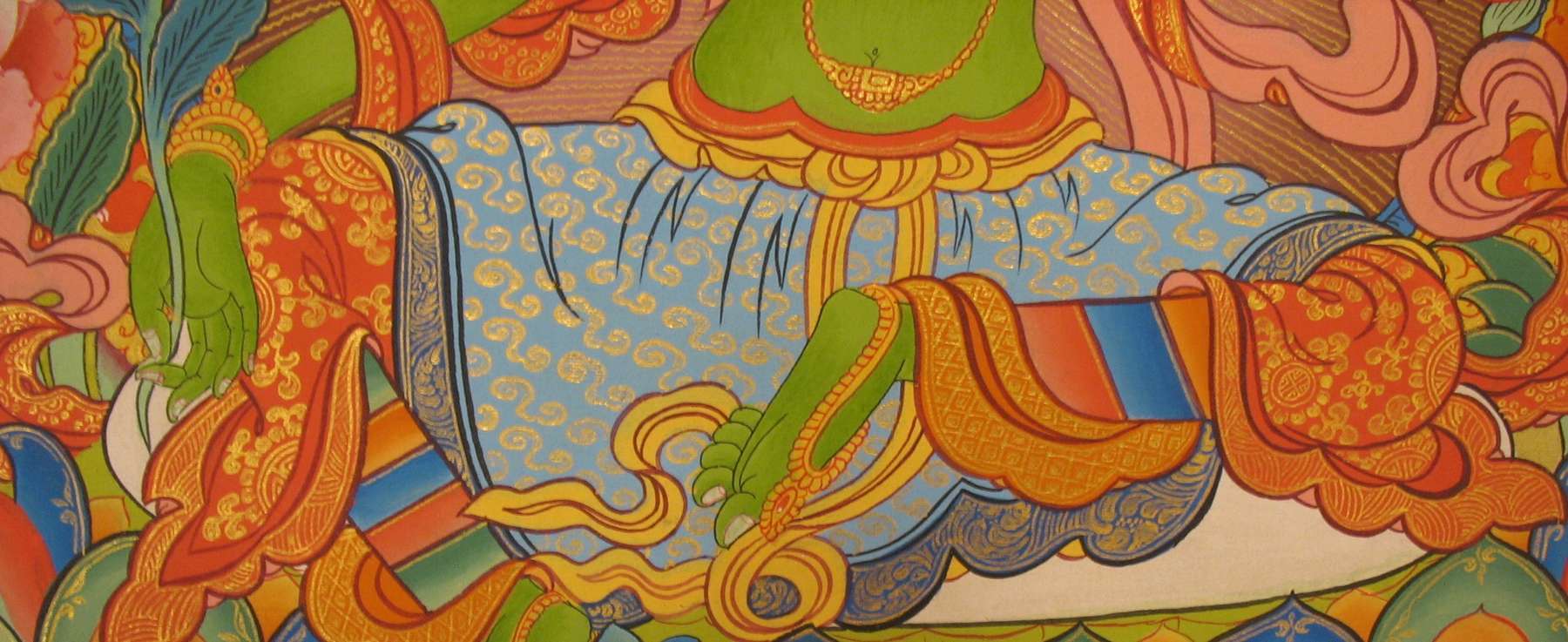 of Green Tara,
of Green Tara,  of Green Tara,
of Green Tara, 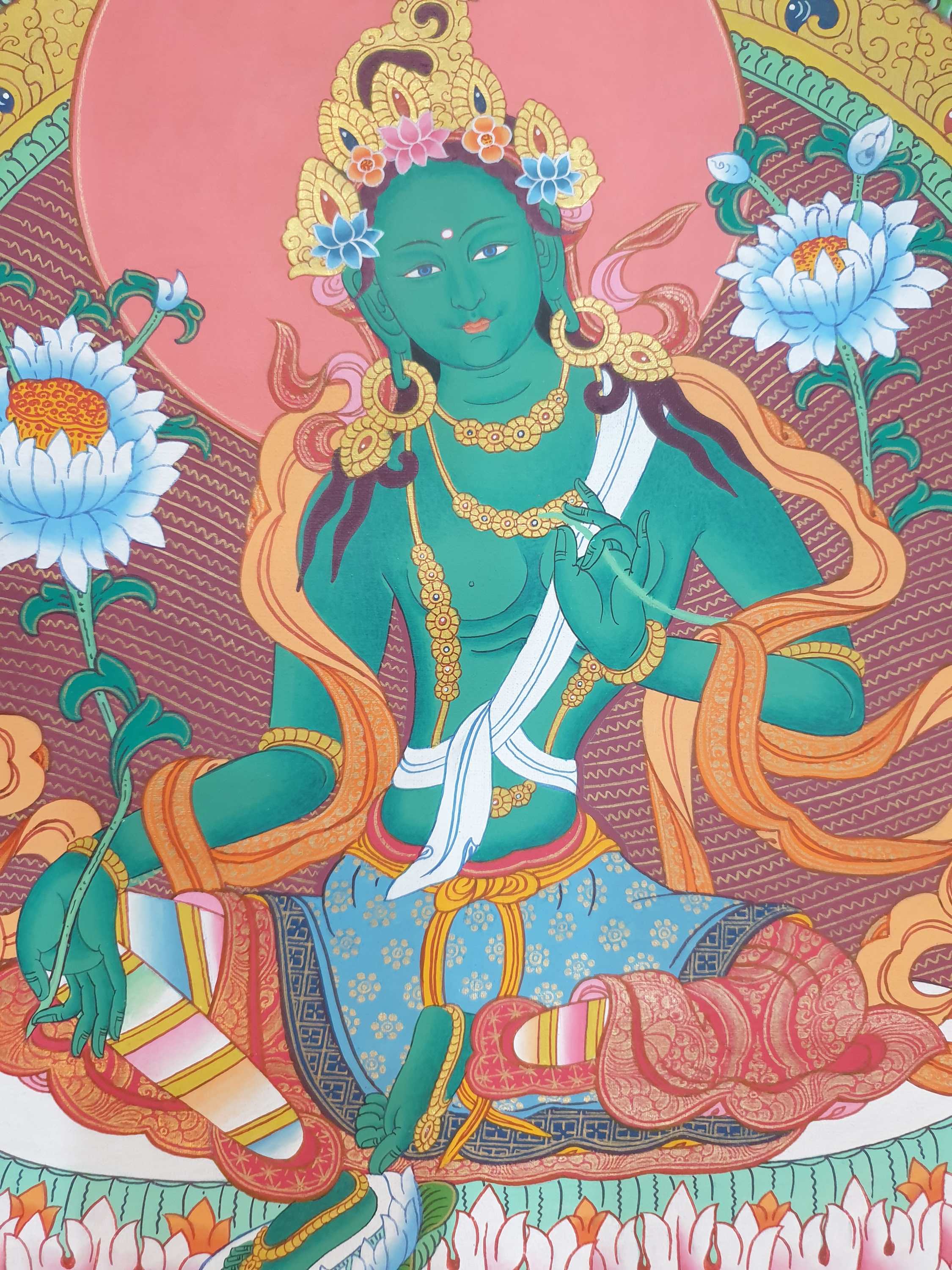 of Green Tara,
of Green Tara,  Real Gold" title="Green Tara Tibetan Hand Painted Thangka
Real Gold" title="Green Tara Tibetan Hand Painted Thangka 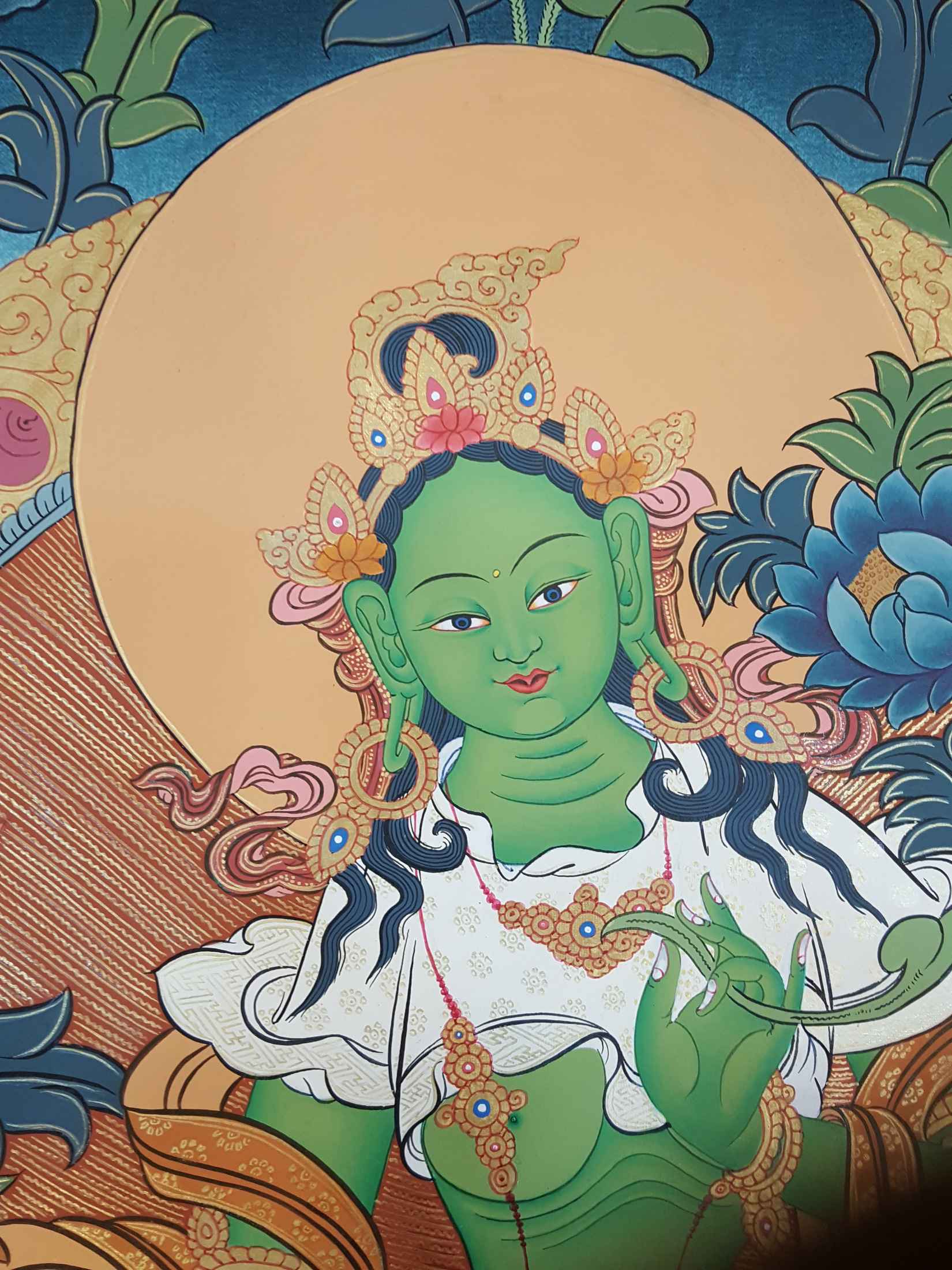 Real Gold" title="Green Tara Tibetan Hand Painted Thangka
Real Gold" title="Green Tara Tibetan Hand Painted Thangka 

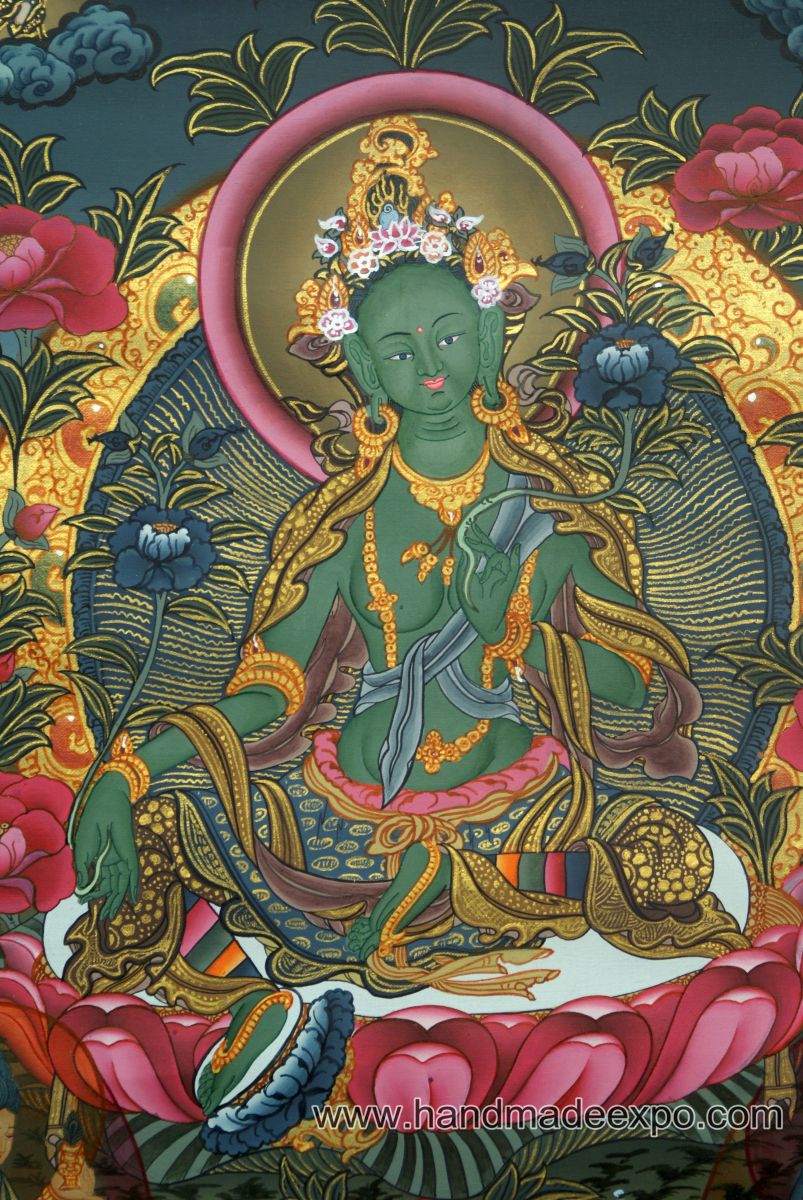
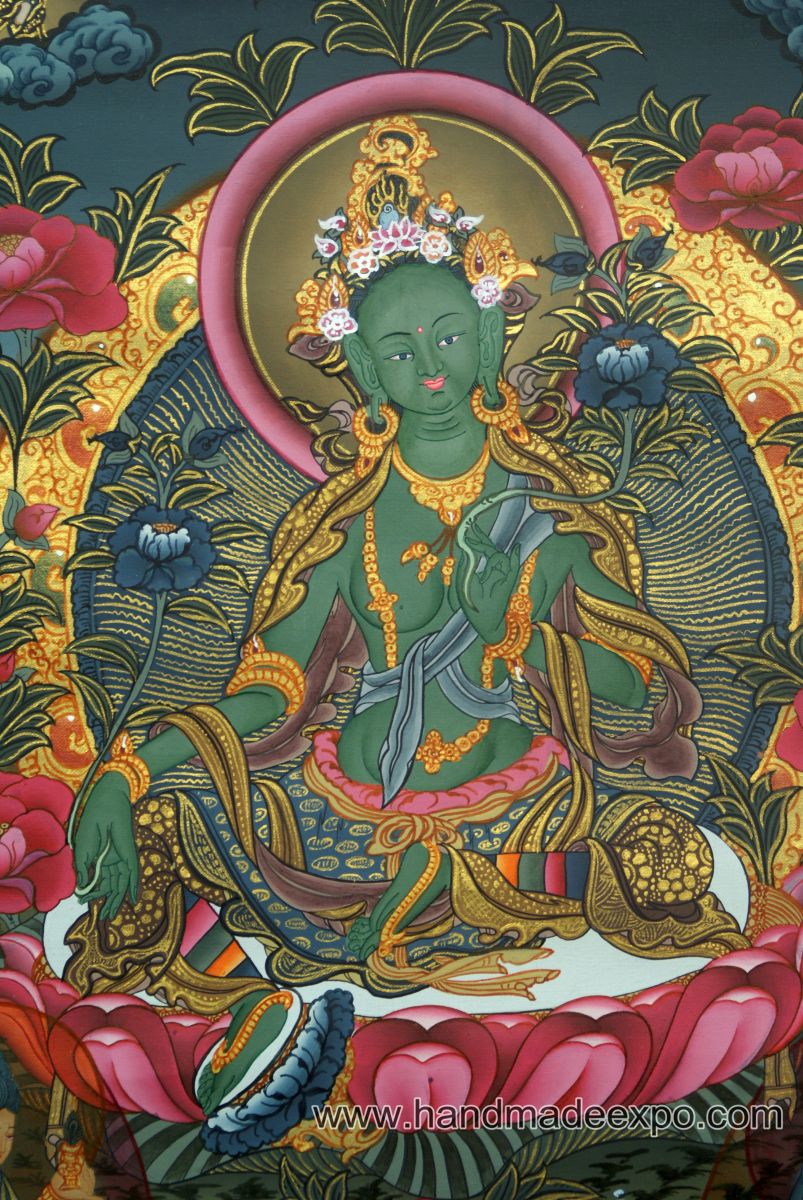
 of Green Tara,
of Green Tara, 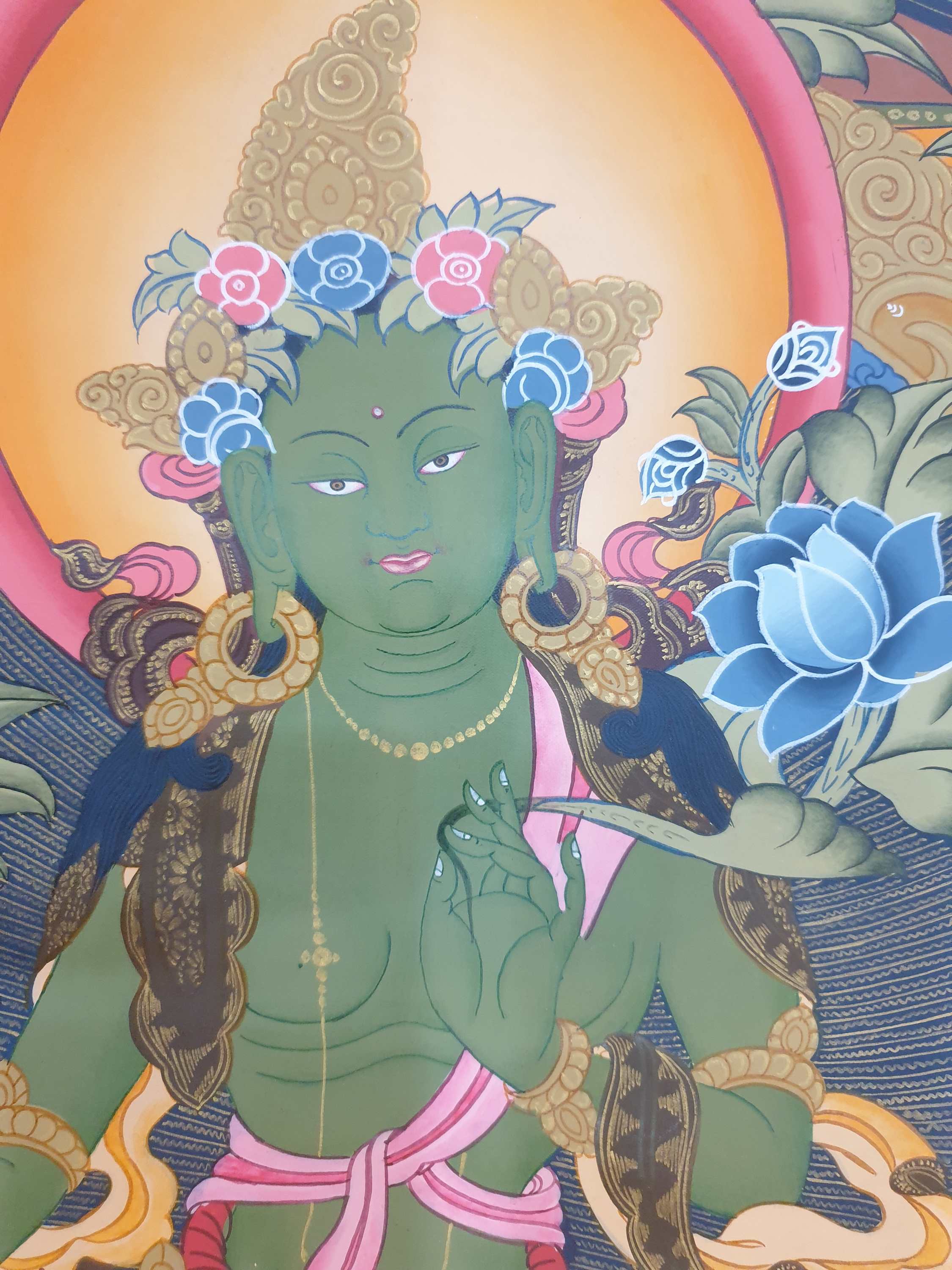 of Green Tara,
of Green Tara,  Real Gold,
Real Gold, 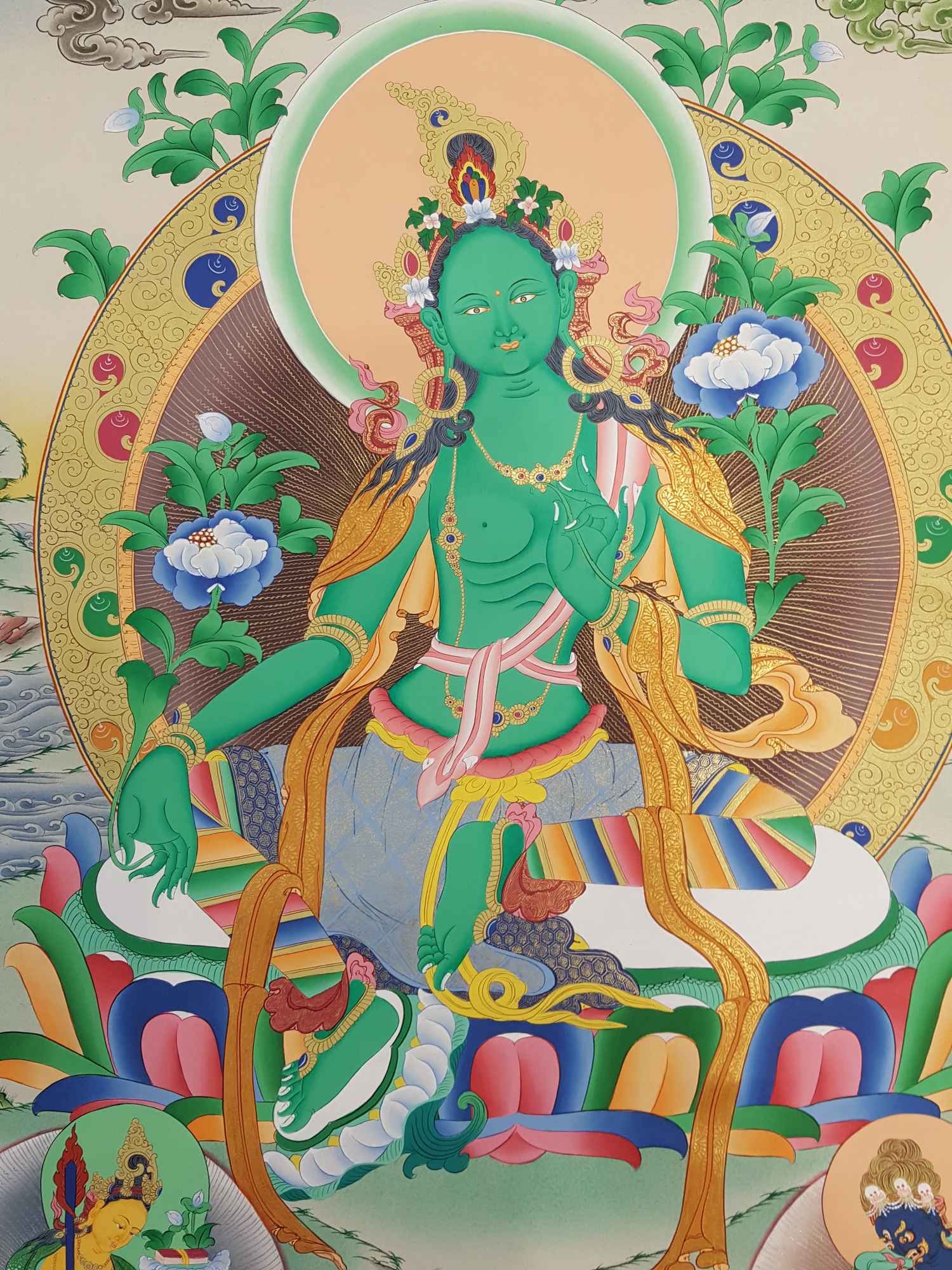 Real Gold,
Real Gold,